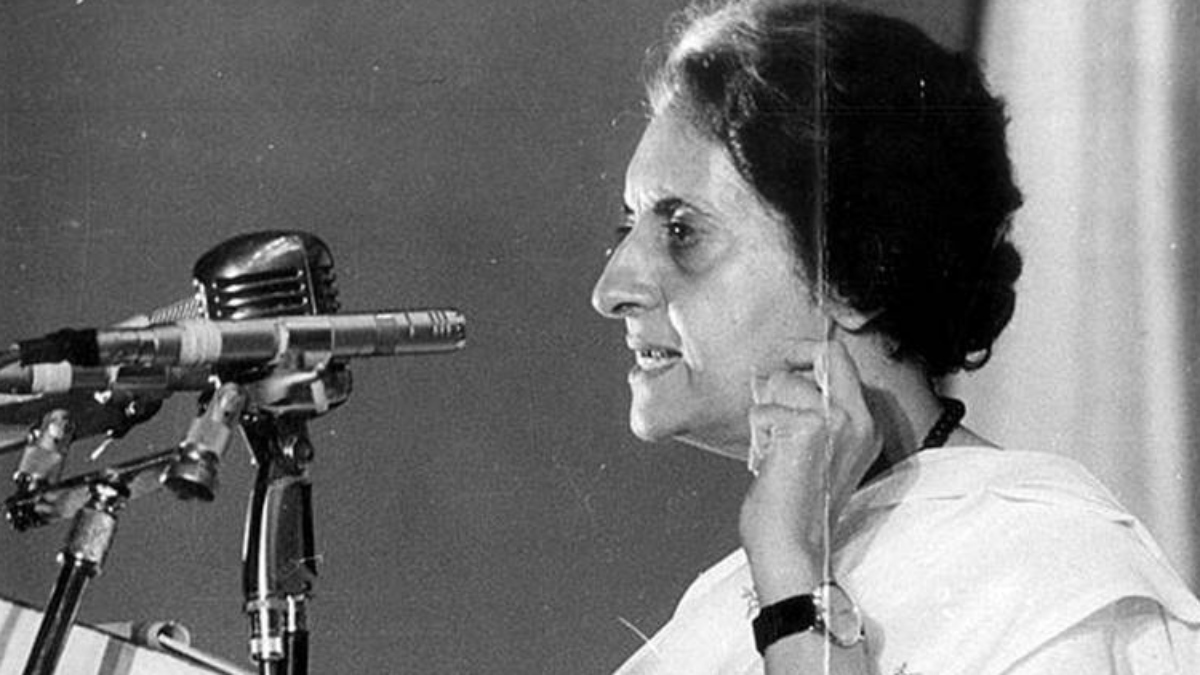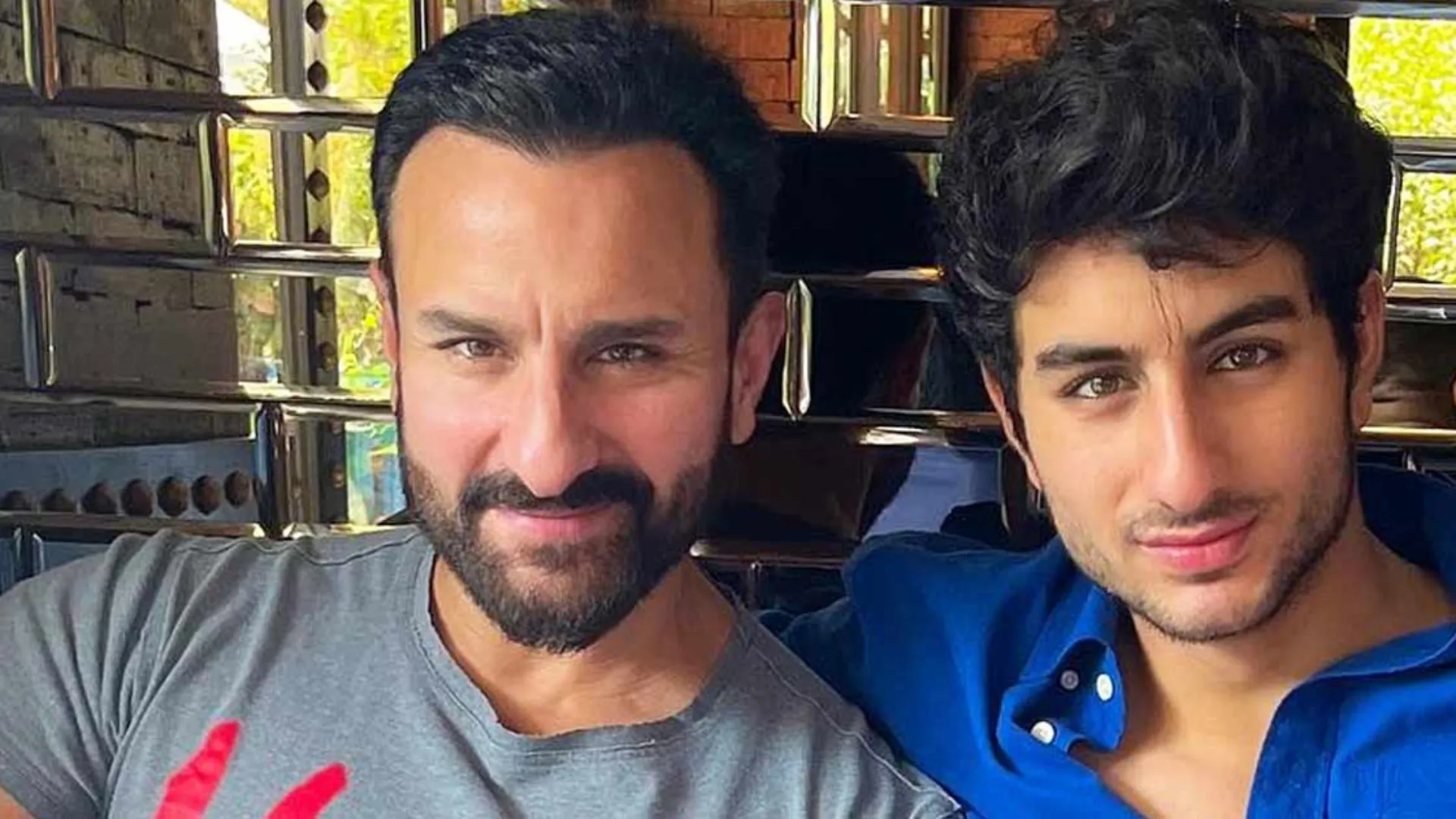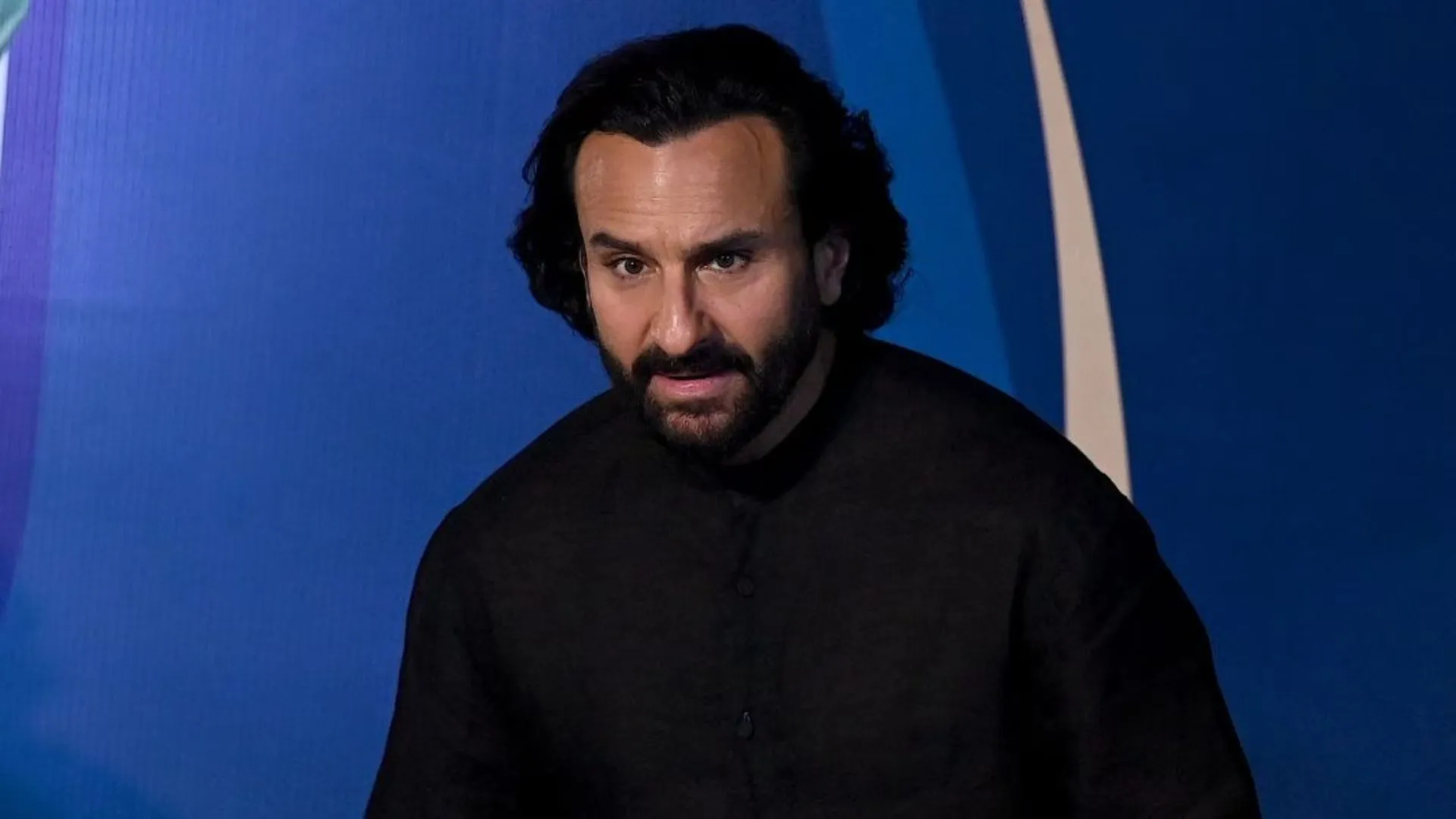June 12th, 1975 is etched in the history of this country, for it was on this day, that Justice Jagmohan Lal Sinha of the Allahabad High Court pronounced a judgement, unseating the then Prime Minister, Indira Gandhi from her Rae Bareilly Lok Sabha seat. The verdict was given on a petition by the late Socialist leader, Raj Narain who was represented in the court by Mr Shanti Bhushan, who later also became the Law Minister in the Morarji Desai government. The news of the PM’s unseating spread like wildfire, and demands for her resignation started gaining momentum. Indira Gandhi also suffered a huge setback and was at her wits end on what to do. Many leaders in her own party also became ambitious and thought that they could benefit from the decision. There was hectic political activity in the capital as the Prime Minister suddenly seemed vulnerable. Her legal experts strategized to appeal against the verdict in the Apex Court while her opponents thought that this was the opportune moment to seek her resignation and finish her off politically. Amidst high drama, Jai Prakash Narayan asked the armed forces to revolt and not obey orders. The situation seemed to be getting out of control and Indira Gandhi was advised to proclaim Emergency. The notification for the Emergency where the fundamental rights of the citizens were suspended was issued on the night of June 25th and top leaders of the Opposition parties and those opposed to the Congress were arrested and sent to jail. There were many others such as George Fernandes and Subramanium Swamy who managed to evade arrest (George was arrested after many months) and a full-fledged underground movement by the followers of Jai Prakash Narain and opposition parties was launched. The Akhil Bharitya Vidhyarthi Parishad (ABVP) and Samajwadi Yuvjan Sabha activists who managed to escape arrest organized themselves. In the Congress, a lot of churning started and it was evident that Sanjay Gandhi became the principal leader backed by his mother. While Indira Gandhi announced a 20-point programme, Sanjay came up with a five point formula. In fact, Sanjay was far ahead of his times since he spoke about preserving ecology by growing more trees, literacy and family planning, which ultimately boom ranged on the Congress with the Opposition propaganda about the mass sterilization programme. There were excesses that happened but there was also the propaganda that sealed the Congress fate. International pressure was brought about on India to restore the fundamental rights and this period continued for 18 months when Indira Gandhi, despite extending the term of the Lok Sabha by one year, decided to hold elections in 1977. What followed was again unprecedented since the sitting PM lost from her seat and the Congress was virtually wiped out in the whole of North India; Karnataka and Andhra Pradesh saved the face for the grand old party. The Emergency was a unifying factor which brought the scattered Opposition together and they formed the government under Morarji Desai. It is another thing that their differences came out in the open shortly and the government fell, paving the way for the Congress comeback under both Indira Gandhi and Sanjay Gandhi.

















